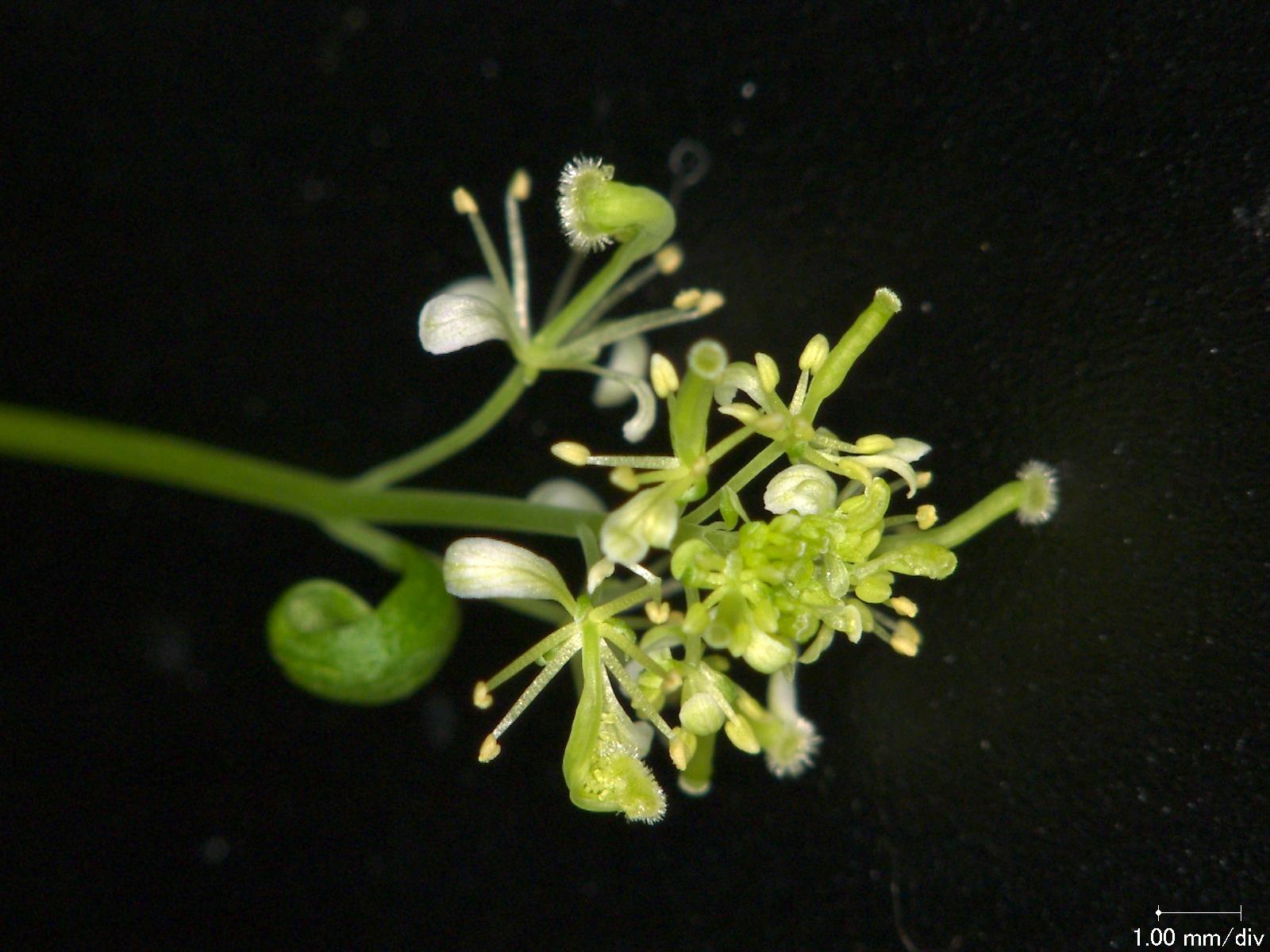

The modified pro35SVP16-1 vector was made by insertion of a KpnI recognition site before the VP16 region. 2006), and a modified pro35SVP16-1 vector, respectively. The plasmids expressing WOX2, WOX2-SRDX, and WOX2-VP16 under a 35S promoter were constructed using pro35SG ( Oshima et al. The coding region of the WOX2 (At5g59340) gene was amplified through PCR from an Arabidopsis thaliana cDNA using appropriate primers. In addition, WOX2 function is involved in the regulation of lateral organ formation and separation.Īll primers used in this study are shown in Supplemental Table 1. Our results suggest that WOX2 is a transcriptional repressor and it also functions during post-embryogenic development processes. In the current study, we investigated the functions of WOX2 using overexpression, CRES-T, and VP16 fusion. 1988), is also considered to be useful, as several reports have shown that fusion with VP16 can convert transcriptional repressors into activators ( Fujiwara et al. The second technique, in which the transcriptional repressor fused to an activation domain called VP16 (which originated in the herpes simplex virus) is expressed ( Triezenberg et al. Thus, the CRES-T lines can exhibit similar phenotypes shown in the multiple knockout mutants of the redundant factors.
#SRDX TRANSCRIPTION ACTIVATOR#
The first technique, the Chimeric Repressor Gene-Silencing Technology (CRES-T) system, in which a plant-specific repression domain named SRDX-fused transcriptional activator is expressed, is useful for studying the function of transcriptional activators, because the SRDX-fused transcriptional activators can dominantly repress the expression of target genes even in the presence of its redundant transcription factors ( Hiratsu et al. Two simple and useful techniques have been proposed for functional analysis of transcription factors with gene redundancy. We suspected that the currently limited information on WOX2 function was a consequence of its gene redundancy, given that the function of WOX2 could be masked by those of other multiple factors with functional and genetic redundancy in its single loss-of-function mutant and even in the wox2 wox8 double loss-of-function mutant which don’t show defects in the post embryonic development ( Wu et al. However, it was unknown whether WOX2 continued to play roles after embryogenic development. It is also involved in cotyledon development together with other redundant WOX genes including WOX8 ( Breuninger et al. WOX2 is involved in the determination of apical cell fate after the asymmetric division of the zygote during early embryogenesis ( Haecker et al. In contrast, only a few reports have described the function of WOX2, and these have focused only on its function during embryogenesis. Among the WOX-family transcription factors, WUSCHEL (WUS), WOX5, and WOX4 are well studied and are involved in the maintenance of stem cells in shoot apical, root, and vascular meristems, respectively ( Chu et al. The WOX (WUSCHEL-RELATED HOMEOBOX) protein is a part of the homeobox transcription factor family, which are mainly involved in development by regulation of cell division and differentiation. However, many transcription factors with functional redundancy remain uncharacterized because of the lack of clear phenotypes of their single loss-of-function mutants. To date, a variety of transcription factors have been precisely characterized in diverse developmental aspects of Arabidopsis. Plant growth and development are regulated through balanced cooperation among diverse transcriptional activators and repressors. We suggest that WOX2 is involved in regulation of lateral organ formation and separation during the post-embryogenic development processes.
#SRDX TRANSCRIPTION PRO#
In addition, some of them displayed phenotypic defects such as fusion of organs and induction of undifferentiated cells in the boundary regions of organs where GUS staining was clearly observed in the pro WOX2:GUS transgenic plants. By contrast, VP16-fused WOX2-expressing plants did not display such severe phenotypic defects. We found that WOX2 has transcriptional repression activity and that either overexpression of WOX2 or expression of its chimeric repressor causes severe growth defects and other morphological phenotypes by impairing plant organ formation and separation. Although the function of WOX2 has been described mainly in embryogenesis, it was unclear whether it also plays a role in the post-embryogenic developmental stage. In this study, we characterized the function of WUSCHEL-RELATED HOMEOBOX 2 (WOX2) using overexpression, CRES-T, and VP16 fusion techniques.


 0 kommentar(er)
0 kommentar(er)
